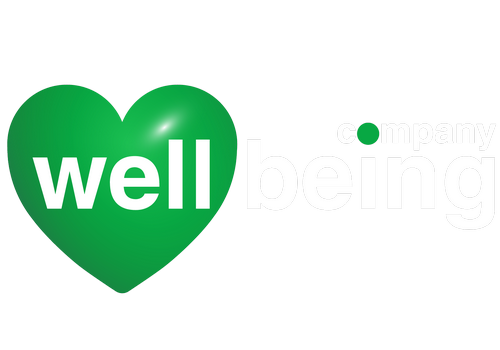"For us, Ukraine is more than business." The Irish company CRH has invested $80 million in Ukrainian business during the war and plans to invest at least another $100 million. Exclusive interview with CRH President in Central and Eastern Europe, Guillaume Cavalier.
Post-war reconstruction will require a lot of cement. Irish CRH is ready to commit at least $180 million to this. Why does CRH believe in Ukraine? The first interview with the company's President in Central and Eastern Europe, Guillaume Cavalier.
The top management of Irish CRH—a leading manufacturer of building materials worldwide—doesn’t give interviews. For Forbes Ukraine, the company’s Central and Eastern Europe President, Guillaume Cavalier, makes an exception.
The Ukrainian market is strategically important for the company with a capitalization of about $50 billion. In Ukraine, CRH operates under the Cemark brand. The company owns three cement plants: in Kamianets-Podilskyi, Odesa, and Mykolaiv. Over the last 25 years, CRH has invested $500 million in Ukrainian assets, $80 million of which was during the full-scale invasion.
Currently, the Irish company aims to acquire assets of "Volyn-Cement" and "Pivdennyi Cement" from the Italian company Buzzi, which is exiting the Ukrainian market. The decision has been pending approval from the Antimonopoly Committee of Ukraine since September 2023, although the standard review time is 45 days (for info: AMCU can take an additional 135 days for consideration in case of need). If the permission is granted, the acquisition of Buzzi’s plants for €100 million will become the second-largest M&A deal during the war. The first, if completed, will be the purchase of Lifecell by French billionaire Xavier Niel for $525 million.
What does Irish CRH expect in Ukraine?
The interview with Cavalier has been shortened and edited for clarity.
About investments in Ukraine
How much exactly has CRH invested in Ukraine during the full-scale invasion? What are you investing in?
Approximately $80 million. First and foremost, in the logistic complex in the Kyiv region ($34 million) and the development of logistics, enhancing the energy efficiency of our plants.
Why do you continue to invest in Ukraine even during a full-scale invasion? How do you assess the investment risks by country?
The first thing is that we have always invested in Ukraine, which makes it easier for us than other investors, which have never invested before in Ukraine. CRH as a group is a very M&A-intensive company. We're driven by growth. We have done, since the start of our existence, over 1200 acquisitions. Last year, we did over 20. So, for us, investing is part of our DNA.
Yet our financials always evaluate all the risks very attentively and thoroughly. In our opinion, the prospects in Ukraine outweigh them. Cement is critical for reconstruction. Therefore, of course, it is a perspective investment.
What is CRH's investment plan in Ukraine by the end of the year? Are there any minimum and maximum amounts that the group might invest – what do they depend on?
Investment decisions are taken case by case, based on the opportunities we see in the market.
So if we see the opportunities, if we have the right projects, we can proceed with the investment. Especially when it comes to the modernization of two Buzzi cement plants.
What is Ukraine's place on the CRH business map?
The CRH group operates in 29 countries worldwide and is a leader in the industry in Europe and North America. CRH has been operating in Ukraine for over 25 years and is a long-term investor in Ukraine. During this time, we have invested more than $500 million. “Podilskiy Cement” is an industry-leading cement plant. It has one of the lowest power consumption rates in all of Europe.
However, for us, Ukraine is more than just an investment, more than just a business. There are deep emotional ties between CRH and our operations in Ukraine.
What does that mean?
This is about people and values. You count your friends when life is difficult. CRH is committed to Ukraine.
Still, what role does Ukraine play in your business?
Eastern Europe is a strategically important region for CRH where we see strong economic and construction growth potential, particularly through infrastructure activity.
Cement is a strategic sector of the Ukrainian industry. It is an essential component for the construction of critical infrastructure, roads, railways, and office spaces. Ukraine has shown significant demand for this over the last 25 years, and during the rebuilding and recovery process, the country's needs for cement will become even higher.
I would like to remind you that, Poland and Romania doubled the volumes of their markets after joining the EU. Ukraine could very well follow this path, but investments are needed, and it's time to start now.
Deal with Buzzi
How do you assess Cemark’s share in the Ukrainian cement market? What could it become if the group is allowed to acquire Buzzi’s assets?
It’s hard to talk about market shares, as the market has changed significantly over the years of the war. Before the full-scale invasion, the Ukrainian market was 10.5 million tons of cement per year (according to open-source, provided by Ukrcement). In 2022, the market decreased to about 4,5 million tons. But last year we saw a gradual recovery – to 6,1 million tons, which gives significant hope, especially in the west of the country, where the endurance indicators of the construction industry are much higher.
When do you expect to complete the deal with acquiring Buzzi’s plants?
The case review started in September 2023. As a company, we are at the final stage of the deal and doing everything necessary on our part. There is full confidence that the process proceeds properly.
Do you expect the deal to happen by the end of the year?
This decision is not in my competence. We are waiting and complying with the legal process.
What will you do if the AMCU does not grant permission regarding Buzzi’s assets?
We fully trust the review process conducted by the AMCU and remain positive.
Have you negotiated the acquisition of assets from other players in the market (such as “Ivano-Frankivskcement” and “Kryvyi Rih Cement”)? Are you open to considering deals to acquire their shares?
We don’t discuss our strategy in public. We have a deal with Buzzi and we are fully concentrated on the Buzzi acquisition. It complements perfectly our network, and we can absolutely put on display our capacity to innovate, improve an industrial setup. We can really redefine and transform some technologies that are future-proof and consistent with Group’s requirements.
If the AMCU approves the deal to acquire Buzzi’s plants, CRH might hold over 50% of the Ukrainian cement market according to some estimates. What other markets do you have similarly sized shares?
I don't know where the 50% figure comes from and I will not speculate or talk about market shares. After all, the future market could look quite different and, according to different independent research, reach 15 million tons.
Cement is freely transportable and importable. The question is where do you want it to come from? For Ukraine, in my opinion, it is important that the cement comes from Ukrainian plants – this means more employment, more taxes, and more affordable products.
So, do you want it to come from Ukrainian plants which are well invested, and are delivering state-of-the-art affordable products for the customers? Or do we want imported cement which will be less affordable and mean fewer jobs, less taxes?
To deliver 15 million tons you will need investment. I think this is important right now.
What share of the mentioned 15 million tons could CRH produce in Ukraine if two more plants joined the group?
I will not speculate about the future market size in Ukraine. It will depend on multiple factors – from the specifics of the economic situation to how many people return to Ukraine, remittances, FDI – so I'm not willing to speculate or give any figures.
On what terms does the EBRD support this deal? How will your shares be distributed?
We have signed a memorandum of understanding with the EBRD, the deal is not final yet, some terms are still under discussion, so I am not at liberty to disclose them.
But we are very proud to bring an investor with such a reputation and capabilities to contribute to a lighthouse investment project. Most importantly, we share an aligned vision with the EBRD. The plants in Ukraine will produce sustainable products comparable in quality to those in EU countries, and this can become a reliable foundation for further development of the Ukrainian economy.
About exiting Russia and the lack of personnel
What challenges did the group face when exiting Russia?
We decided to exit from the very first day of the full-scale invasion. And that decision is final. We have no operation in Russia.
Have all assets in Russia been sold?
Yes, we currently have zero assets there.
What are the biggest challenges the group sees ahead in Ukraine? Is there a problem with a lack of skilled workers?
We feel secure in our investment positions in Ukraine and there are no special problems, including a shortage of skilled workers. Over the last year, I have spent at least one week per month in Ukraine. And every time, I am amazed by the dedication and ambition demonstrated by our employees. They come to work to rebuild Ukraine.
How many people does CRH employ in Ukraine?
About 900.
At the end of December, CRH received AMCU permission to acquire a controlling stake in LLC "Astor Invest", whose owners possess concrete mixes plants in the capital region. Why do you need this asset? What other companies does the group plan to invest in the coming years? What amounts are we talking about?
We don’t discuss our strategy in public. Our priority is to ensure we provide proper added value to our clients in the building materials segment. We operate many integrated concrete companies across the globe and this is typical of our integrated solutions strategy.
So, you do not plan to expand further beyond this niche?
Our focus is on finalizing the acquisition of the two Buzzi plants and ensuring their operation is at the level appropriate for us.
Is the group considering increasing investments in Ukrainian natural resources, considering possible expansion?
To produce cement, which is absolutely critical for reconstruction, as I've mentioned, you need limestone. Today we have all of the resources that we need and we have our future-proofed operation in this regard.
Are there any other projects in the works that the group might implement in Ukraine by the end of the year? Or deals that might occur?
For us, it is very important that we complete the deal with Buzzi.





